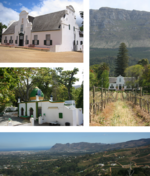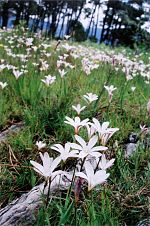Groot Constantia
1684 establishments in the Dutch EmpireBuildings and structures in the Western CapeDutch colonial architectureEngvarB from July 2016Food and drink companies based in Cape Town ... and 4 more
Museums in Cape TownSouth African wineTourist attractions in South AfricaWineries of South Africa

Groot Constantia is the oldest wine estate in South Africa and provincial heritage site in the suburb of Constantia in Cape Town, South Africa. "Groot" in Dutch and Afrikaans translates as "great" (as in large) in English.
Excerpt from the Wikipedia article Groot Constantia (License: CC BY-SA 3.0, Authors, Images).Groot Constantia
Obere Bildgasse, Wasserburg (Bodensee) Hege
Geographical coordinates (GPS) Address Nearby Places Show on map
Geographical coordinates (GPS)
| Latitude | Longitude |
|---|---|
| N -34.031111111111 ° | E 18.418888888889 ° |
Address
Obere Bildgasse 3
88142 Wasserburg (Bodensee), Hege
Bayern, Deutschland
Open on Google Maps









